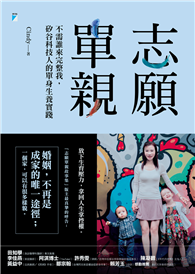Originally published in 1974, Political Woman explains why women had participated so little in the British political elite at the time. To many, the question was familiar and the facts plain. Melville Currell in an objective way analyses and attempts to answer the question, ’Why so few?’
The book begins with a brief survey of women’s political activity before enfranchisement. It continues by tracing the assimilation of women into the various levels of political activism, as ’the late comers’ to the political scene, and compares them with their immediate predecessors, working class men.
The author looks for answers in two areas to the basic question posed in the book. She had conducted empirically based studies of the relatively few women activists, and analysed the more general factors including political and sociological considerations. The women she studied are those who had ever been elected to Parliament, and the aspirants, the ’volunteers’ i.e. the Prospective Parliamentary Candidates. She looked not only at their background characteristics and career patterns, but at how they perceived the political role of women.
In addition, she evaluated factors which may have been regarded as militating, or mediating women’s entry into the political elite, like woman’s changing role in society, her status in the educational and occupational sectors, the political socialization process as it affected women and girls, and the incidence of two factors which may be termed ’male equivalence’, and ’the politicized family’. Candidate selection in the parties is also briefly considered.
Two chapters place women’s political activism in Britain in a wider framework. In terms of a wider regional context, the comparative political role of women is outlined, an outline which includes material from Western Europe and from the Communist sector. In the search for a wider definition of ’political’, a chapter is devoted to the rise and relevance of the Women’s Liberation Movement.












